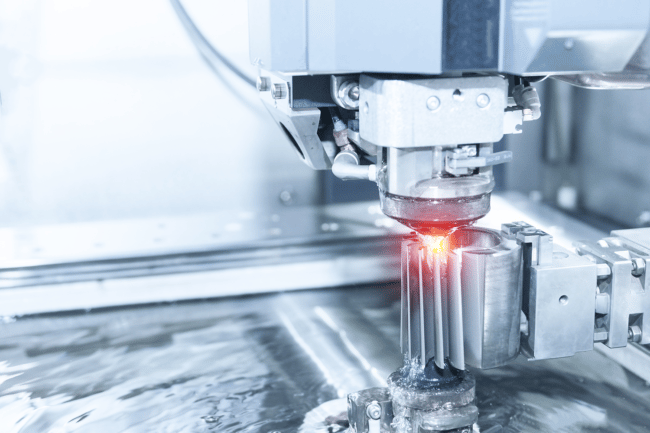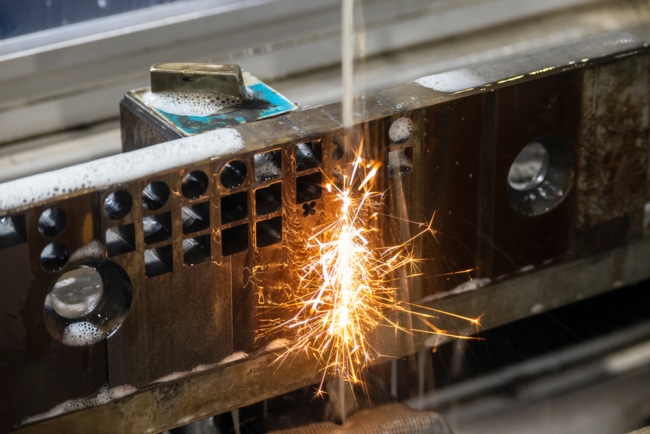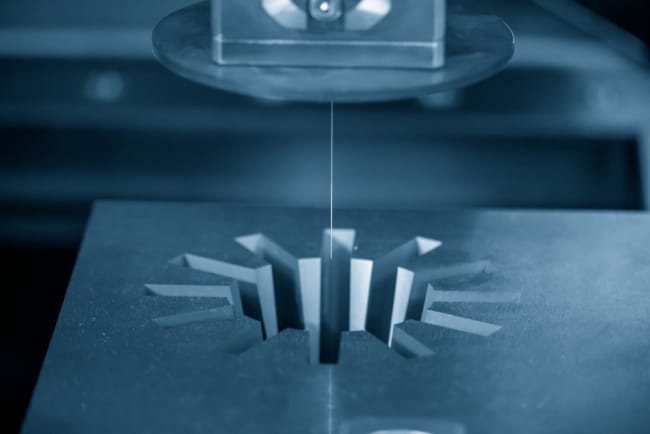Understanding metrology and measurement in mechanical engineering is crucial to ensure accuracy, precision and quality in any project. Metrology refers to the science of measurement while mechanics applies physical principles to design and analysis machinery - together these disciplines form the basis for accurate measurements in any mechanical engineering project. In this blog post we'll look at all aspects of metrology and measurement related to mechanical engineering projects from types of measurements used through to measuring instruments calibration, traceability as well as calibration traceability - let's start by exploring what metrology and measurement means in mechanical engineering projects from start to finish!
Types of Measurements in Mechanical Engineering
Mechanical engineering encompasses an array of measurements - direct and indirect measurements as well as primary and secondary measurements are utilised in this industry for various purposes. Static and dynamic measurements may also be utilised.
- Direct and indirect measuring: Direct measurement involves taking one measurement at a time on one characteristic of an object while indirect measuring requires multiple readings to get an accurate result.
- Primary and secondary measurements: Primary measurements refer to measurements taken directly from their source, such as from a machine or instrument, while secondary readings come from another source, such as previous experiments or data collected on similar objects.
- Static and dynamic measurements: Static measurements involve taking readings from an object that remains static while dynamic measurements occur when an object moves; dynamic measurements may provide more precise mechanical engineering practices.
- Absolute and comparative measurement: Absolute measurement compares an object or component's actual size against some reference point; comparative measurements contrast actual size against an anticipated size;
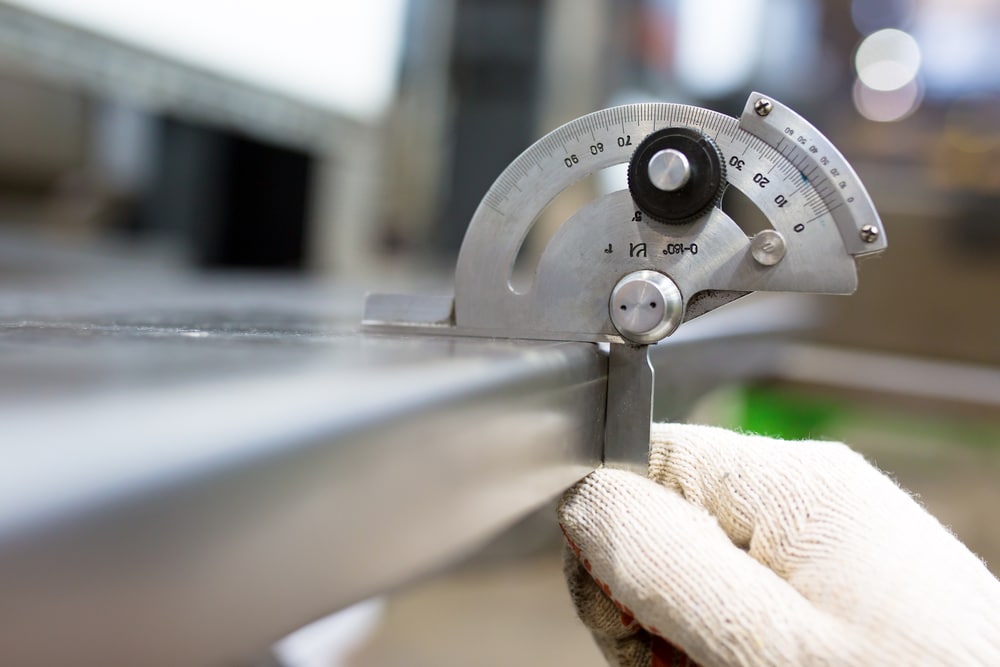
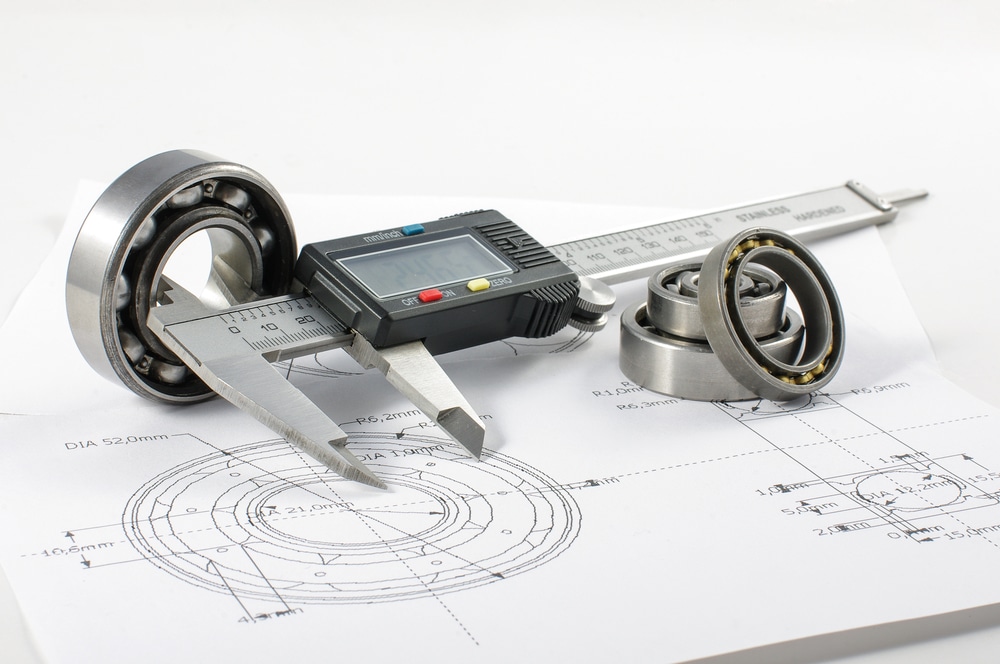
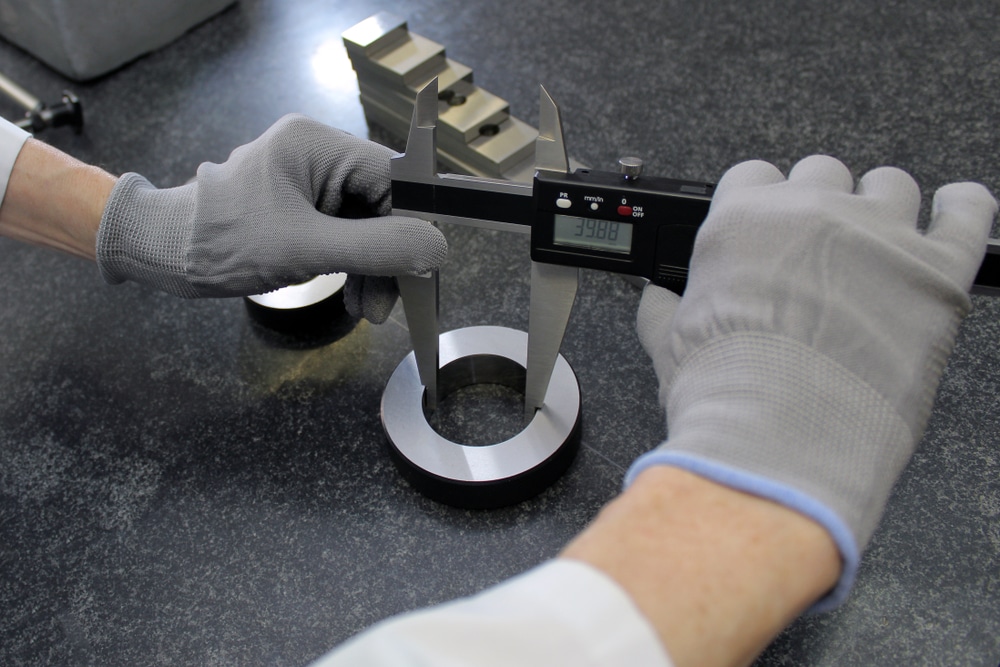
Measuring Instruments in Mechanical Engineering
Measuring instruments play an integral part in mechanical engineering, serving to accurately gauge any part or feature of machines or devices. Common measuring instruments utilised by mechanical engineers include length measuring instruments, angle measuring instruments, force measuring instruments and temperature measuring instruments.
Instrument Types
- Length measuring instruments: Length measuring instruments are instruments used to accurately determine the length of a linear object, such as tape measure, ruler or micrometre. Length measuring instruments are often found in aeronautical engineering for aircraft wings or automotive engineering for engine parts.
- Angle measuring instruments: Angle measuring instruments are instruments used to accurately determine the angle of an object. Popular examples are protractors and goniometers. Angle measuring instruments are frequently employed in automotive engineering for measuring engine components as well as aerospace engineering for wings.
- Force measuring instruments: Force measuring instruments are instruments used to quantify the force applied to objects or systems, such as spring balance and load cell. Such measuring tools have applications in biomechanics for measuring how much force is necessary to move an object as well as automotive engineering for measuring brake force.
- Temperature measuring instruments: Thermometers and thermocouples are essential tools in mechanical engineering, used to accurately monitor the temperatures of various objects or systems. Their primary use can be found in aerospace engineering where changes in temperature can adversely impact aircraft performance; or in automotive engineering when engine temperatures must be monitored closely.
Calibration and Traceability in Metrology
Calibration is the practice of comparing an instrument's readings against known standards to verify its accuracy and consistency, an essential step in metrological measurements that ensure instruments measure accurately and consistently. Calibration processes involve checking an instrument against accepted international or national standards to assess its accuracy; this helps reduce measurement errors while increasing reliability results.
Traceability is an essential aspect of metrological calibration and measurement quality assurance. By linking measurements back to their source - such as test certificates - traceability ensures accuracy, minimises errors in tests and results and is crucial for quality control as it ensures measurements can be trusted as being reliable sources.
Calibration and traceability in metrology help engineering professionals make more reliable measurements that are more precise in their work, leading to increased efficiency of engineering tasks as well as greater consistency of results. Calibration and traceability also reduce errors that can cause costly mistakes, saving both time and money in the process.
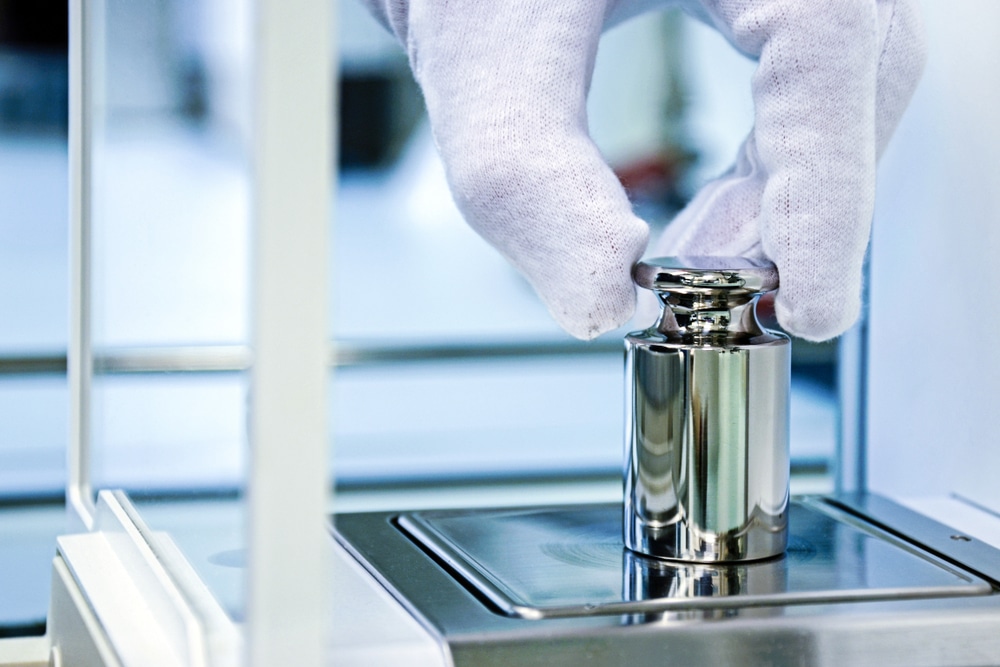
Applications of Metrology in Mechanical Engineering
Metrology is an essential tool in mechanical engineering, serving to ensure accurate measurements at each stage of design, production, maintenance and repair. Metrology applications may include:
Design for manufacturing (DFM): Metrology can help evaluate a product's design for manufacturability by measuring size and shape of components to ensure they fit together appropriately.
Quality control and assurance: Metrology can be used to ensure parts and components meet desired accuracy standards, helping to decrease errors and increase consistency. And, with traceability a key aspect of metrology, manufacturers can have confidence that their components will meet the required quality standards.
Maintenance and repair: Metrology can assist in maintenance and repair tasks by accurately measuring components before replacing them, to ensure they fit perfectly and perform as intended.
Challenges and Future Development in Metrology
Metrology plays an essential role in engineering measurements, yet still faces several obstacles that need to be overcome. One such obstacle is its complex and diverse measurement systems.
Another difficulty arises from rapid technological development and automation advances which make keeping up with metrology challenging.
To address these challenges, additional research and development of metrology systems that are faster, more accurate, and easier to use are required. This may involve employing AI or machine learning technologies to automate certain tasks or creating tools to calibrate measurements more accurately; while additionally education on metrology principles must take place so engineers have the required skills for taking accurate measurements. As technology continues its advancements will most likely improve accuracy and efficiency over time.
Conclusion
Metrology and measurement are vital components of mechanical engineering, with accuracy, traceability, and calibration playing an essential part in assuring product quality. Therefore, metrology systems need to continue evolving so engineers have access to accurate measurements in their work - it may become even faster and more precise as new technology such as AI or machine learning is applied to metrology processes - thus yielding improved products with reduced errors due to inaccurate measurements - creating a win-win scenario!
Related Content
Need more information?
To see how A&M could support your next complex manufacturing project – simply call us, or use the form below.
